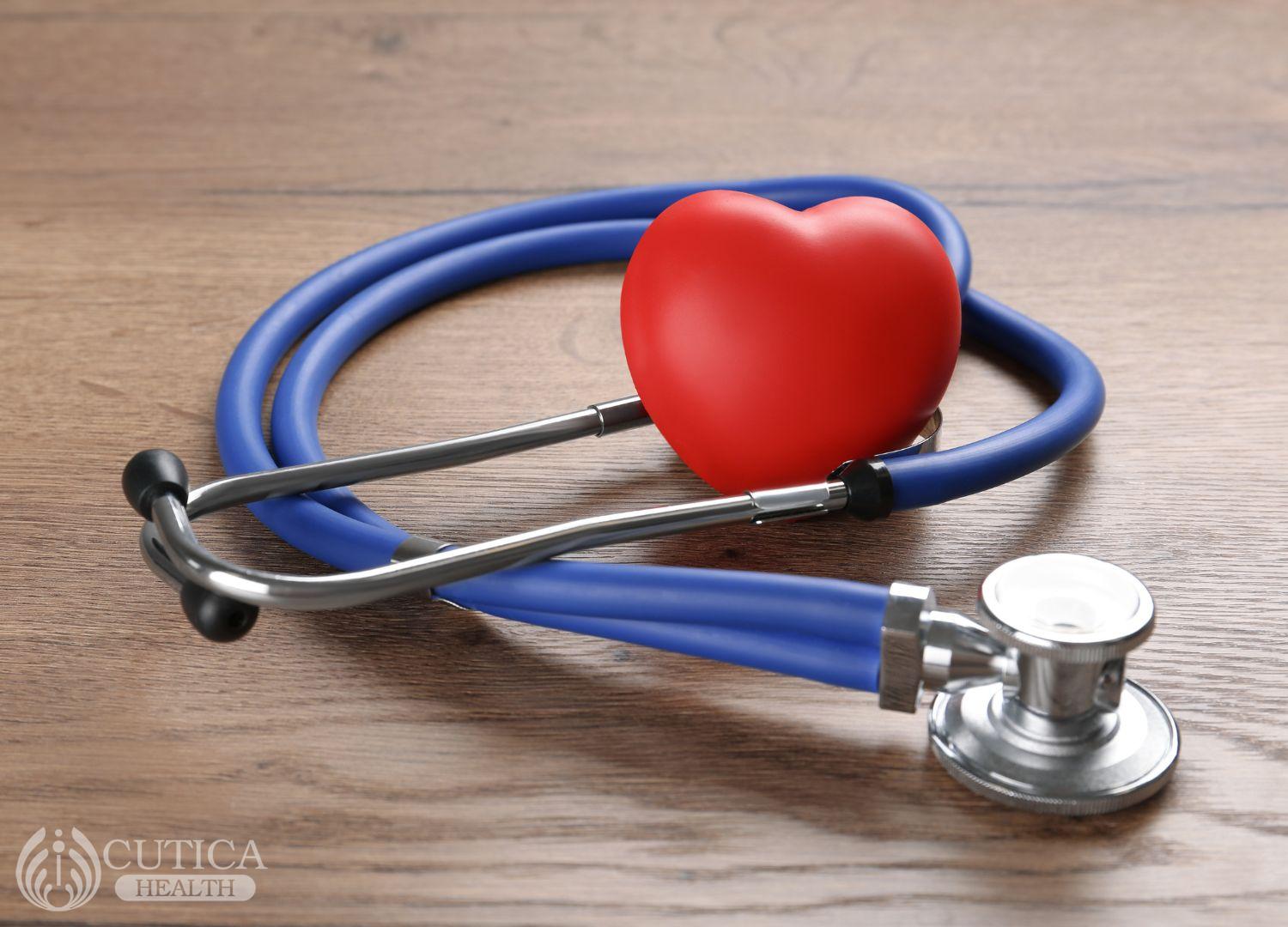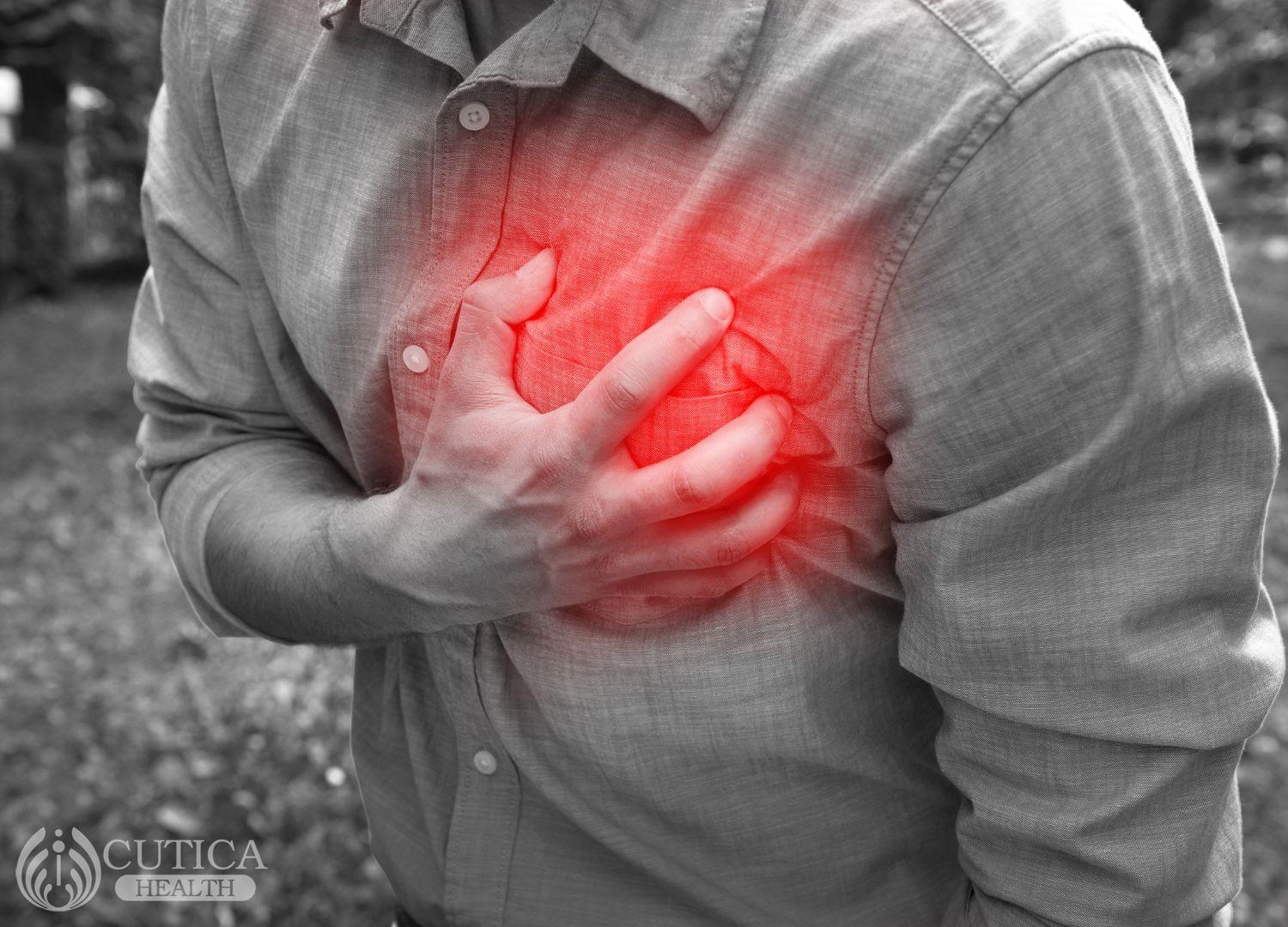The sun was shining, and the birds were chirping as Sarah walked through her local park, enjoying the fresh air and exercise. Suddenly, she felt a sharp pain in her chest, and everything went black. Passersby rushed to her aid, but it was too late. Sarah had experienced sudden cardiac death, which affects thousands of people yearly.
What is Sudden Cardiac Death?
Sudden cardiac death (SCD) is a sudden and unexpected death caused by an abrupt loss of heart function. SCD occurs within minutes of the onset of symptoms, usually before medical assistance can arrive. SCD can occur in people of all ages, including infants and young adults, but it is most commonly seen in people over 35.
SCD is not the same as a heart attack. A heart attack occurs when blood flow to the heart muscle is blocked, causing damage to the heart muscle. SCD, on the other hand, occurs when the heart suddenly stops beating, which leads to a lack of blood flow to the brain and other vital organs.
Causes of Sudden Cardiac Death
SCD is the result of a sudden cardiac arrest, and this is often caused by an underlying heart condition, such as:
- Coronary artery disease: This is the most common cause of SCD. It occurs when the arteries that supply blood to the heart become narrowed or blocked.
- Cardiomyopathy: This is a disease of the heart muscle that causes the heart to become enlarged or thickened. This can cause the heart to beat irregularly, leading to SCD.
- Arrhythmias: These are abnormal heart rhythms that various factors, including genetic mutations, drug or alcohol abuse, and electrolyte imbalances, can cause.
- Congenital heart defects: These are heart defects that are present at birth and can cause abnormalities in the heart's structure or function.
- Valvular heart disease: This is a condition in which the valves in the heart do not function properly, leading to blood flow problems.

Prevention of Sudden Cardiac Death
Several steps can be taken to lower your risk of heart disease, thereby preventing SCD. These include:
- Regular exercise: Doing this can help keep the heart healthy and reduce the risk of heart disease.
- A healthy diet: A healthy diet low in saturated fat and high in fruits, vegetables, and whole grains can help reduce the risk of heart disease.
- Quit smoking: Smoking is a significant risk factor for heart disease and SCD. Quitting smoking can help reduce the risk of SCD.
- Control high blood pressure: High blood pressure can increase the risk of heart disease and SCD. Controlling blood pressure through lifestyle changes and medication can help reduce the risk of SCD.
- Manage diabetes: Diabetes can increase the risk of heart disease and SCD. Proper management of diabetes through medication, diet, and exercise can help reduce the risk of SCD.
- Identify and treat underlying heart conditions: If you have an underlying heart condition, it is essential to identify and treat it. Regular check-ups with a doctor can help detect and treat any heart conditions before they lead to SCD.
Treatment of Cardiac Arrest
In cases of SCD, immediate medical attention is crucial. Treatment may include:
- Cardiopulmonary resuscitation (CPR): CPR can help restore blood flow to the brain and other vital organs until medical professionals arrive.
- Defibrillation: A procedure that delivers an electric shock to the heart, which can help restore a normal heart rhythm.
- Medications: Some medications may help regulate the heart rhythm and prevent such fatal cardiac arrest.
- Implantable Cardioverter Defibrillator (ICD): An ICD is a small device implanted under the chest's skin. It continuously monitors the heart's rhythm and can deliver an electric shock to the heart if an abnormal rhythm is detected.
- Surgery: In some cases, surgery may be necessary to treat an underlying heart condition causing sudden cardiac arrest.

Conclusion
Sudden cardiac death is a severe condition that can occur without warning. It is essential to understand the risk factors and take steps to prevent them, such as regular exercise, a healthy diet, quitting smoking, controlling high blood pressure, managing diabetes, and identifying and treating underlying heart conditions.


